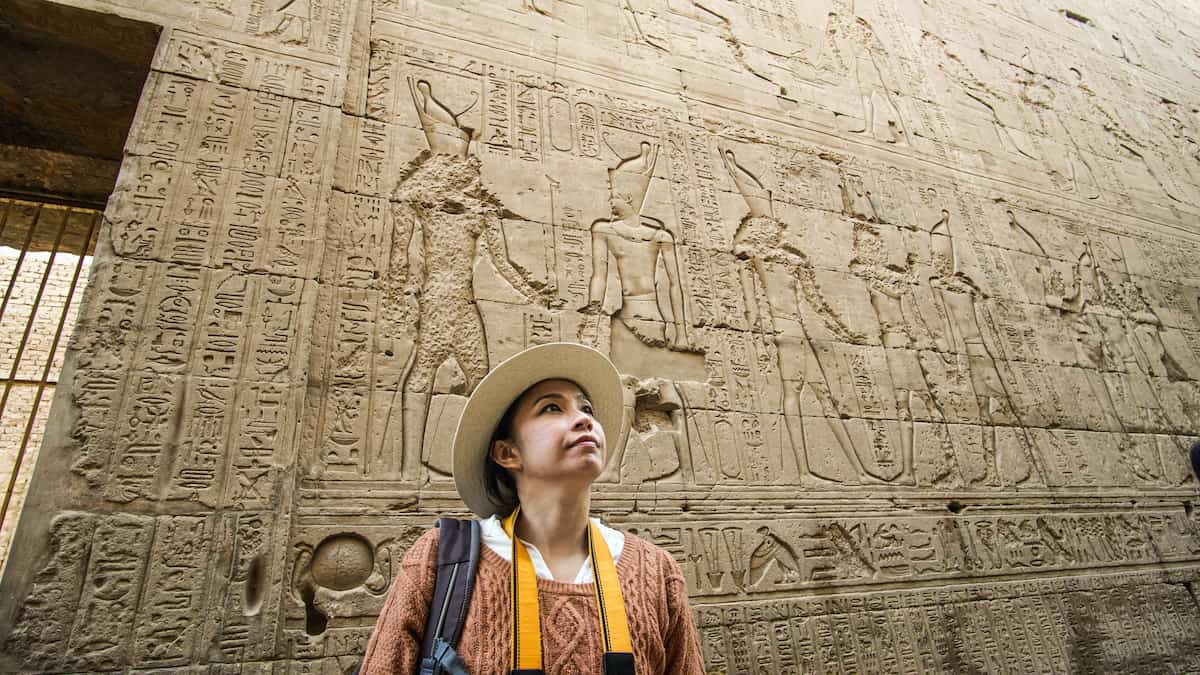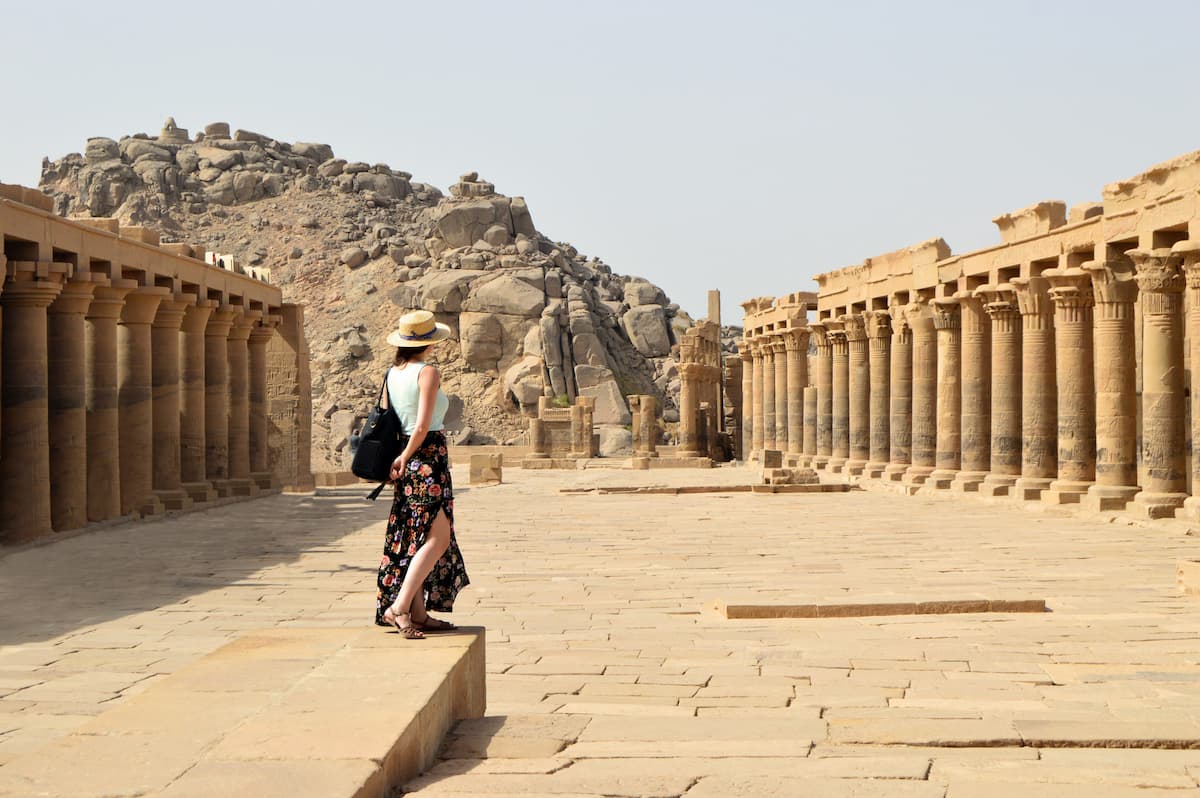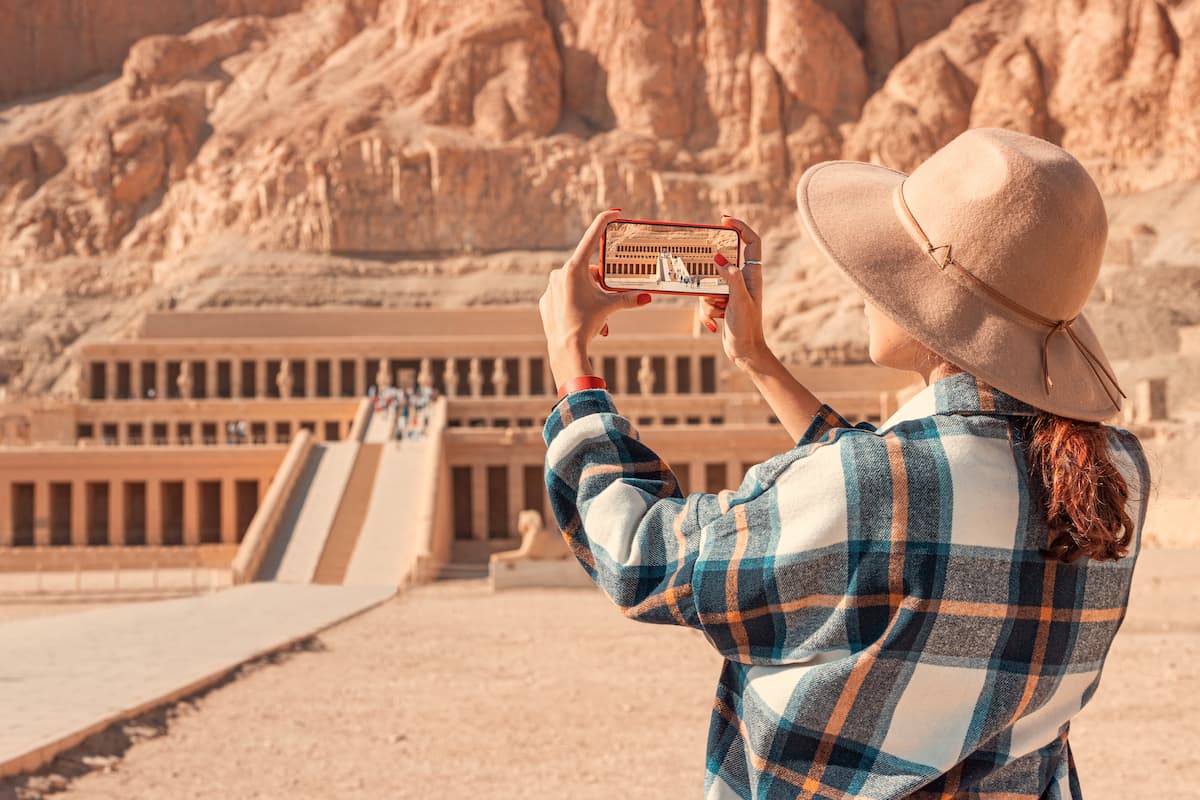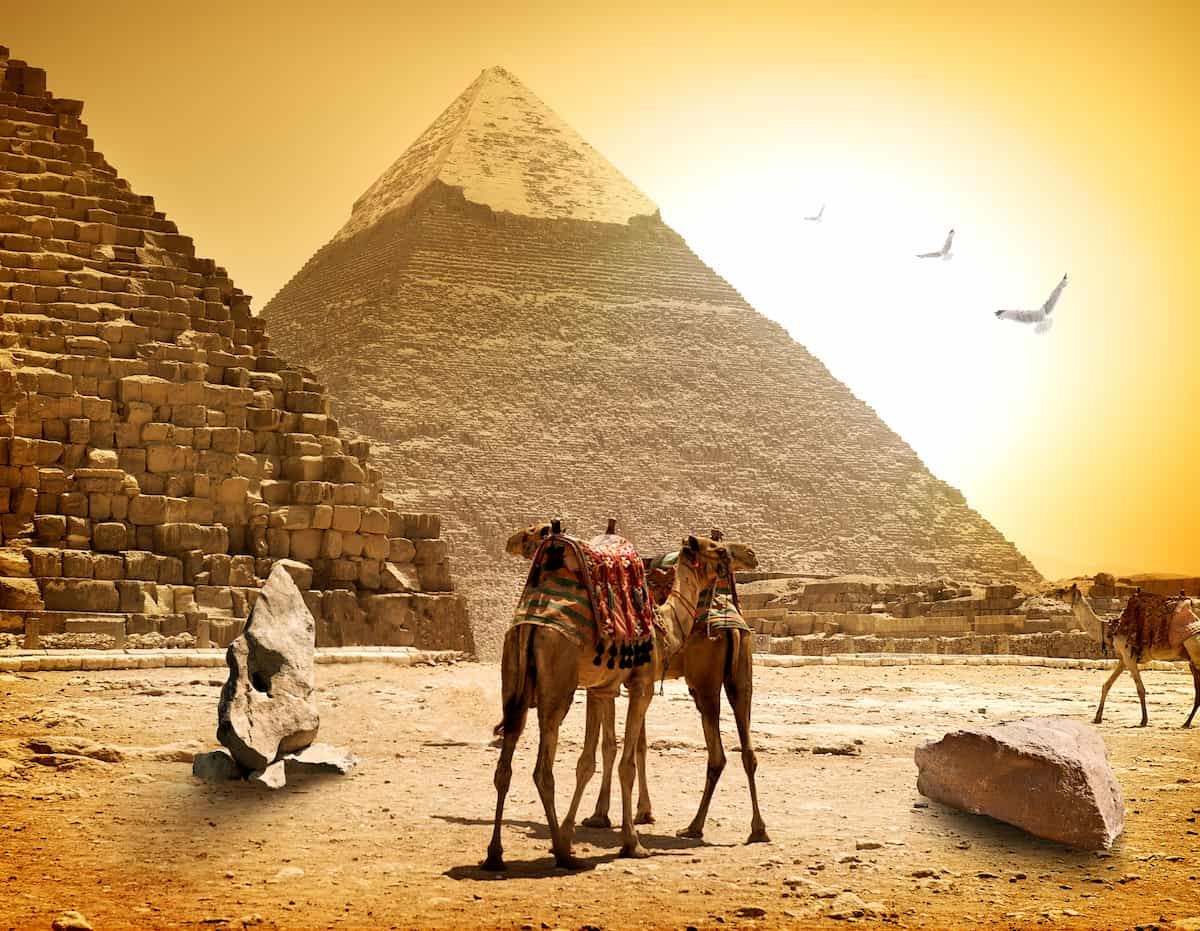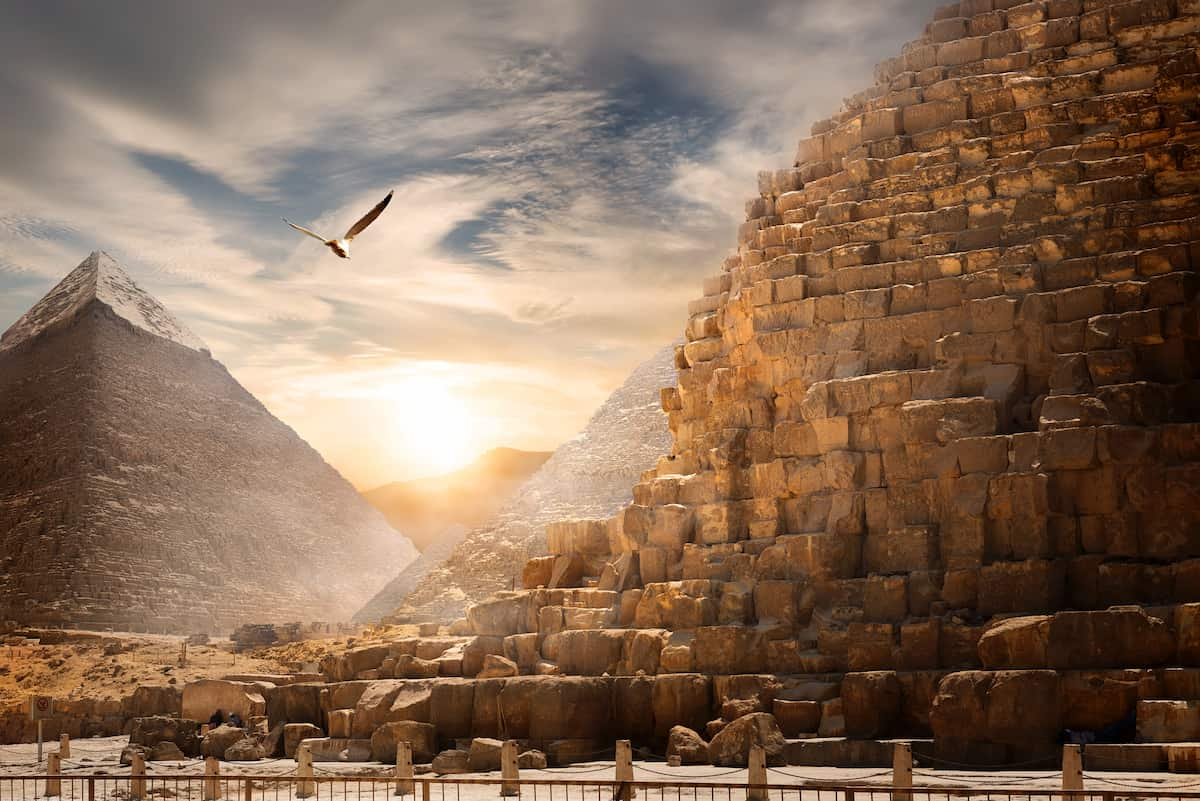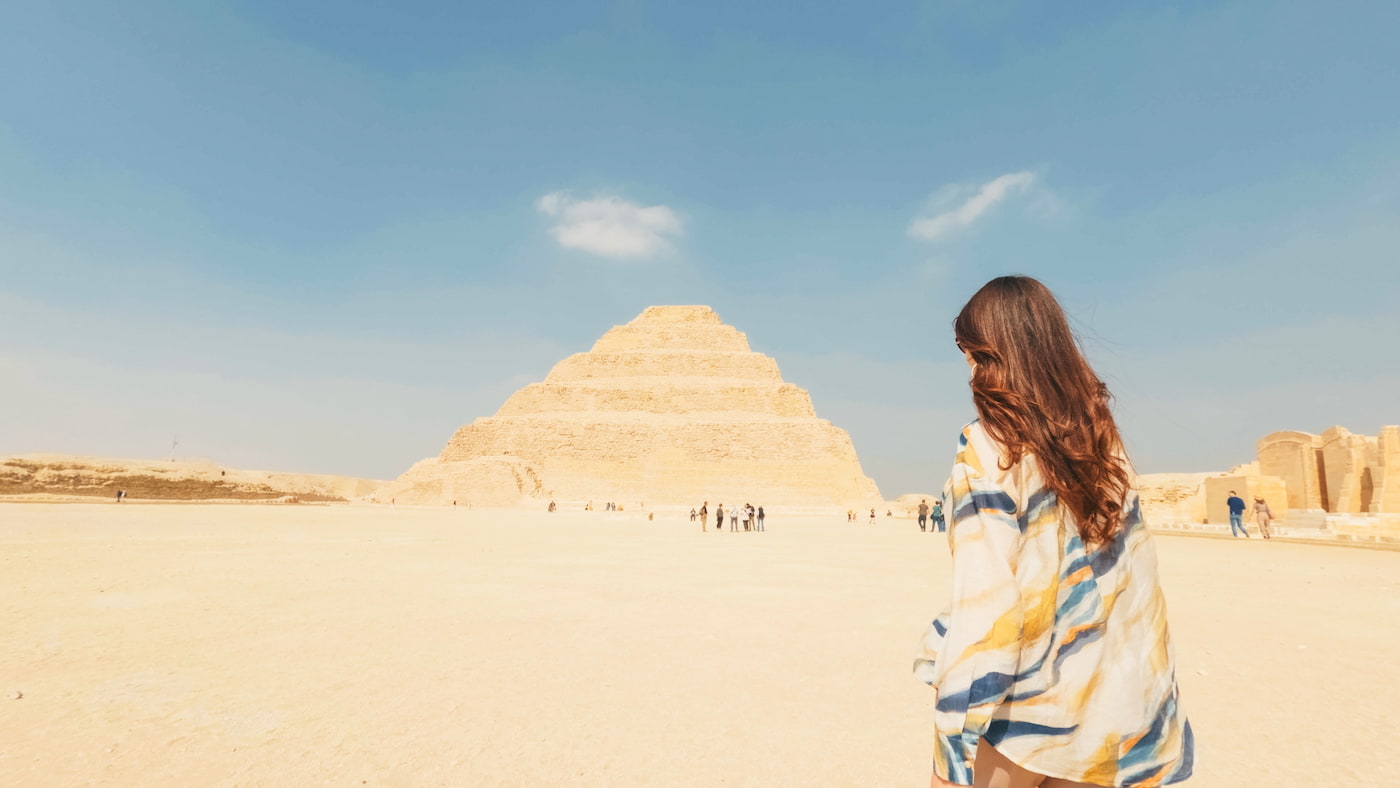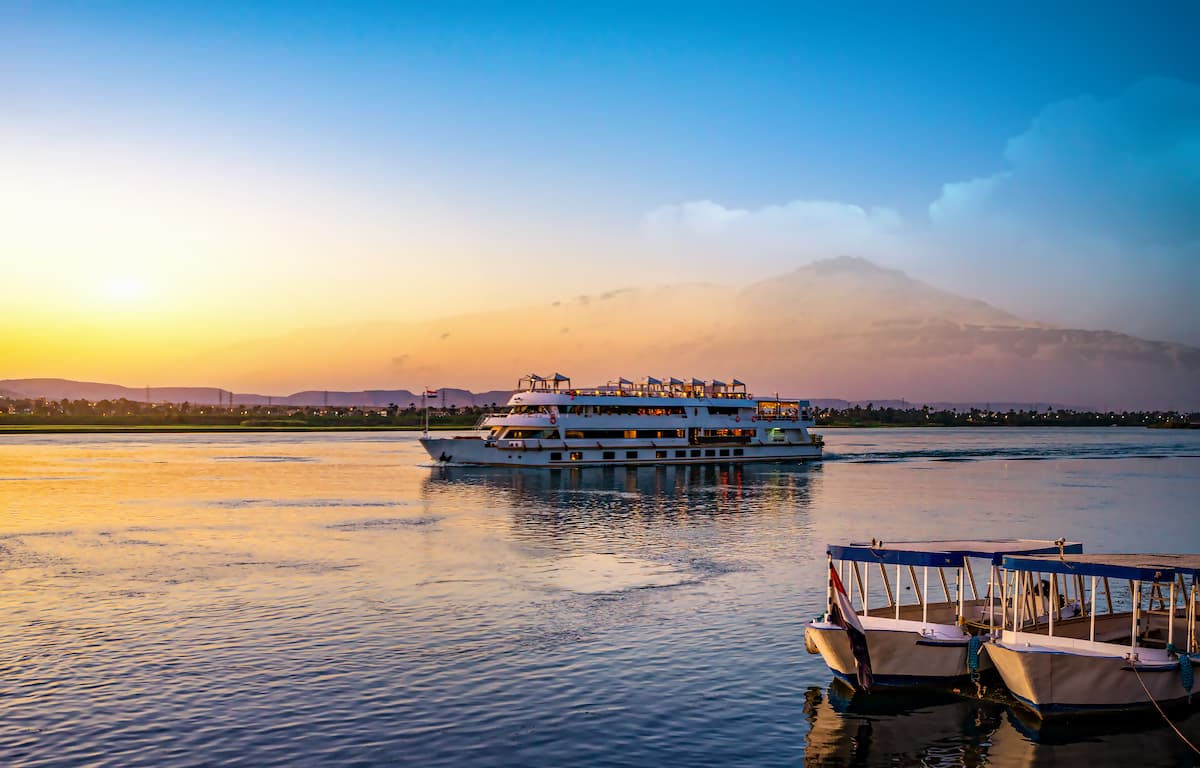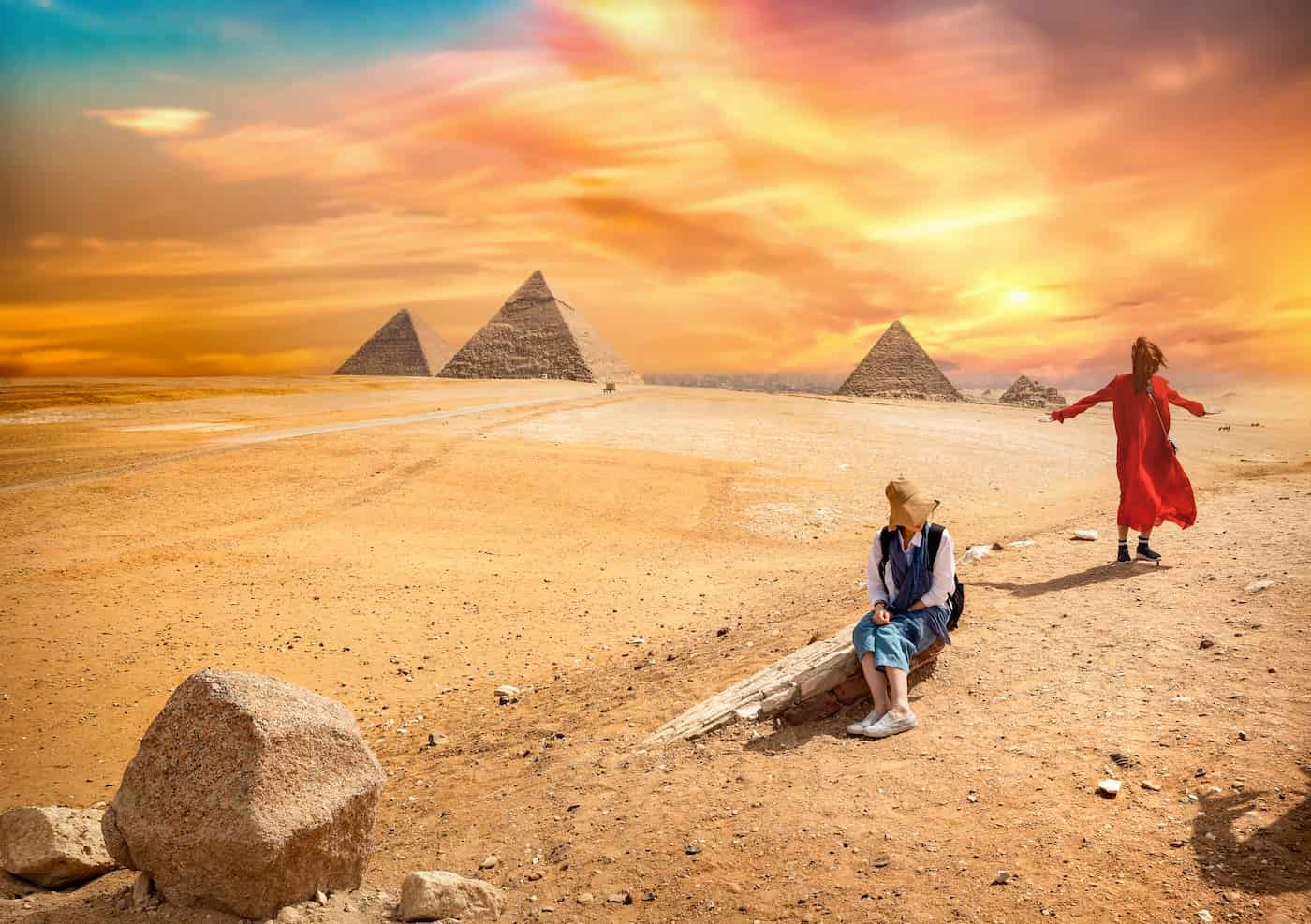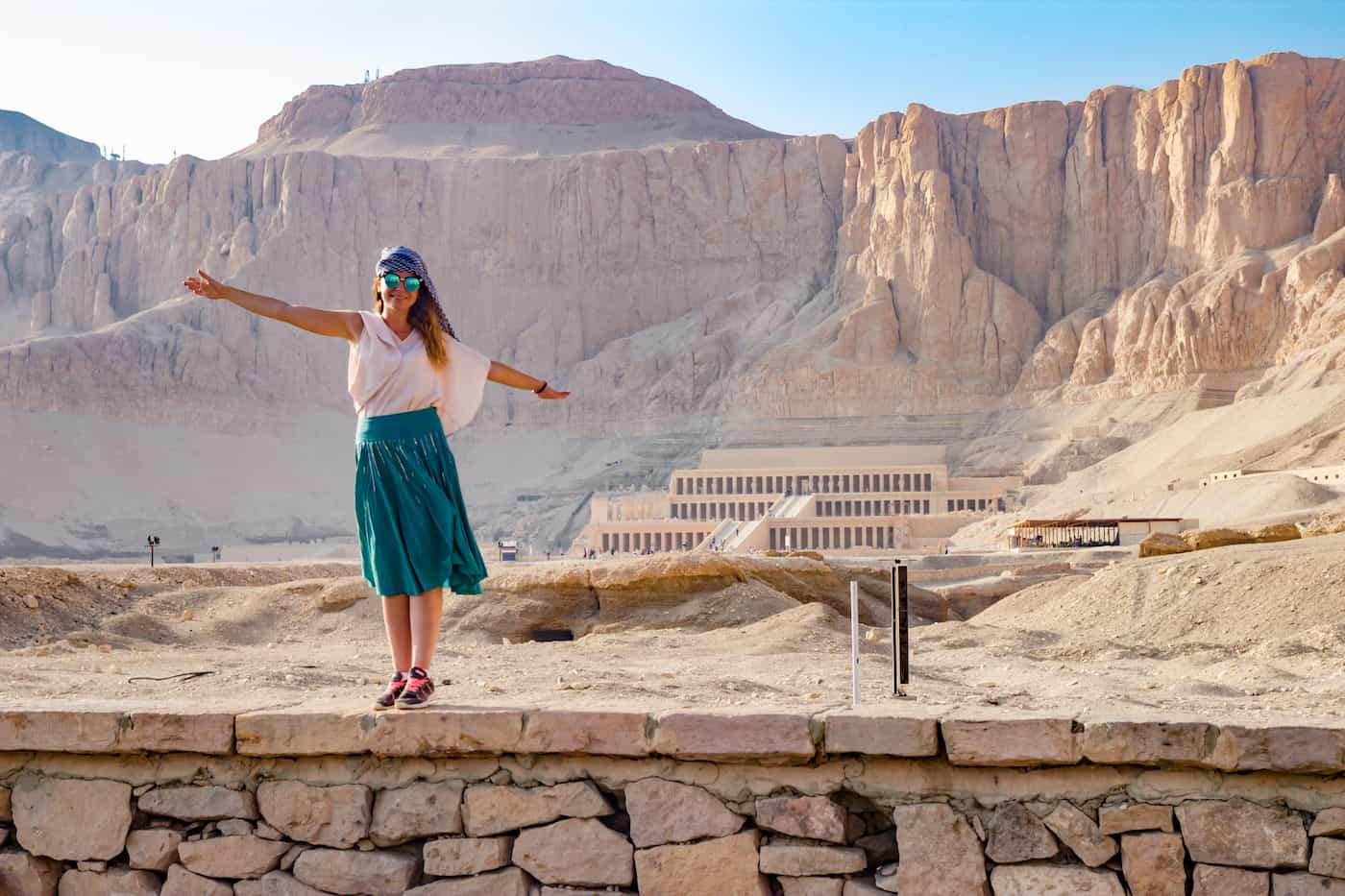Saint Catherine’s Monastery: Where Faith, History, and Nature Meet in the Sinai
A Sacred Landmark in the Heart of Sinai
It is at the feet of the imposing Mt. Sinai amidst the yet rougher beauty of the Sinai Peninsula, it stands is the Saint Catherine’s Monastery stands, where the spiritual and natural splendidness merge with history. Like most active monasteries, the Saint Catherine Monastery was created in the 6th century by Emperor Justinian by the Byzantine Empire and is recognized because of being as a cherished UNESCO World Heritage Site.
Respecting not only the Christian adherence to the Saint Catherine’s Monastery, but also respecting their fellow brethren, the Muslim and Jewish worlds, it is a very rare case of religious multiperspectivism. One who tends to happen to dare the confines can easily be access in the Saint Catherine’s Monastery, a very beneficial Christian heritage as far as the ancient icons are concerned together with the exquisite mosaics, as the library is said to be the most ancient Christian library in continuous function in the whole world, thought to have priceless manuscripts and biblical texts.
Surrendered by granite cliffs and wild desert landscapes at Mount Serbal, Saint Catherine’s Monastery is more than simply a historical site; it is an experience in great antiquity and old devotion. Oftentimes, people will combine the visit with a predawn scramble up Mount Sinai, during which some views would convince anyone of the biblical fact that Moses did receive the Ten Commandments. Be it spiritual healing, historical quest, or just sightseeing, the monastery stands out as a unique landmark in the cultural and religious landscape of Egypt.
Explore the Wonders of the Sinai Peninsula
Discover Saint Catherine’s Monastery, a sacred UNESCO site at Mount Sinai, where history, faith, and stunning desert scenery meet.
1. Historical and Religious Significance
He pronounced on it in the 6th century, perhaps by Emperor Justinian I, to construct a protection for that place as a monastery for Saint Catherine. This is a site that is biblical and where Moses has his traditional meeting with the burning bush. It also catered to the intellectual and spiritual inclinations of the faithful; hence, that was the historical focus when the whole monastery took on the quality of being one of the most venerated sites till that moment.
This monastery, for the first time, was only devoted to worship and was changed into a highly esteemed seat of learning. It hosted one of the foremost preserved and largest groupings of Christian manuscripts and texts outside the Vatican in the Christian world. This library also housed monumental works in Greek, Arabic, and Syriac languages, conserved within this library, as well as in other ancient languages, all of which prove the central function of the monastery as the custodian of spiritual and cultural heritage.
Saint Catherine of Alexandria is also one of the Christian martyrs, whose bones, according to ancient tradition, were miraculously revealed by monks at Mount Sinai. Many interesting relics were found in the monastery that referred to this saint. Each year, the monastery draws visitors from different religious backgrounds-such as Christians, Jews, and Muslims-so that the ethos of religious plurality, coexistence, and dialogue has been maintained all these years.
St. Catherine Monastery today stands as a moving memorial, symbolizing world peace, piety, and everlasting faith in humanity. It is, indeed, the perfect destination for pilgrims and scholars alike to commit to history, culture, and spirituality as they tickle excerpts back in time from their world and time zones now learning about its history and the moments that characterized actual events.
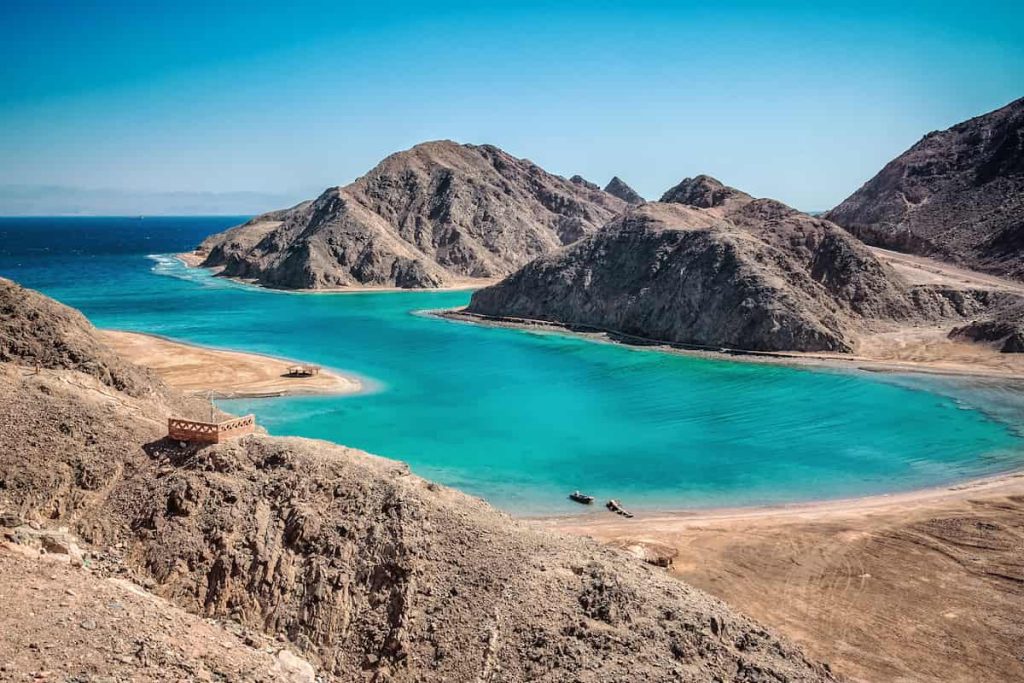
3. Architectural Wonders and Treasures Inside
Inside those walls that are just like a fortification the size of which corresponds to Saint Catherine’s Monastery, lie the very world of holy history and also unparalleled artistry. Of that the heart is the Church of the Transfiguration, superb creation of those shimmering golden icons, intricate frescoes, and ancient mosaics telling faith stories from the centuries. Said superb church favors a saint by the name of George, and its size in the middle of the monastery anyway peaks comfortably the hilly places surrounding it.
In one place, it was also said the monastery now originally contained a bush referred to by such a name, still reverenced till today, as the Burning Bush, an object with which Moses was supposed to have conversed that allegedly grows in such a small defending chapel.
It is worth going through the library of the monastery because it contains over 4000 rare manuscripts and countless papyrus scrolls, leading it generally to be said that it is the second most important collection of materials of its kind after the one in the Vatican, second in terms of early Christianity, theology, and ancient languages.
There aren’t any modern walls here, just handmade artworks and religious items-ancient treasures found everywhere in such a structure and very sturdy; each may be filled with meaning from centuries-old passions. From the aged stone floor polished by the people’s feet to the hidden carvings of the finest detail tucked into shadowed corners-everything harmonized under the genius control of a rare respect for the divine and architectural mastery, which it might grant the visitor not just a peek into history but a journey in time and faith itself.
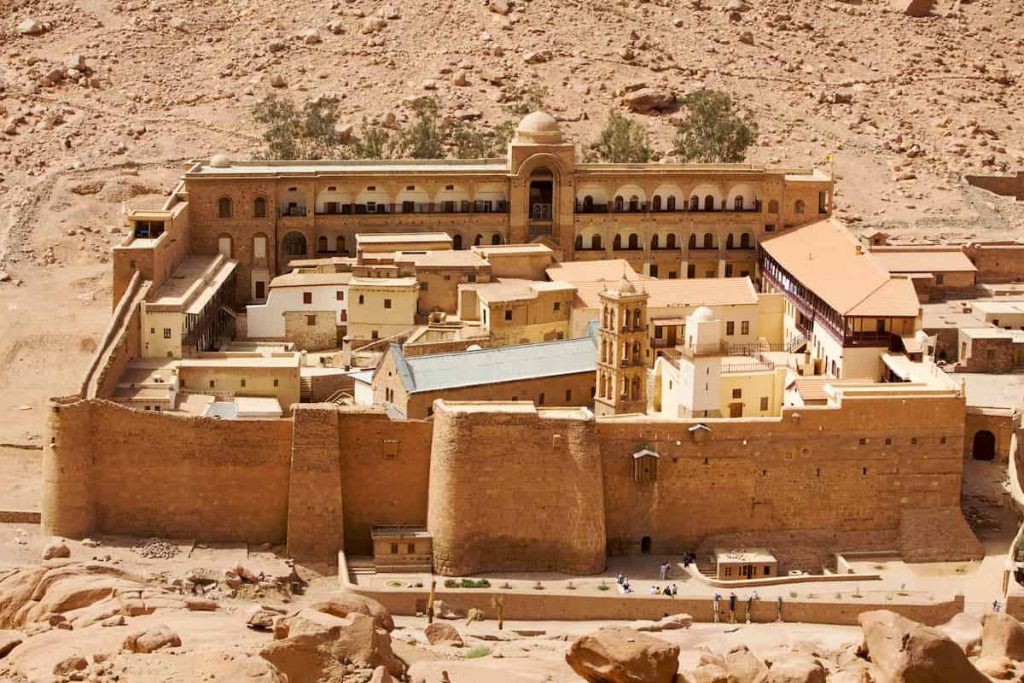
4. Visiting Mount Sinai
Journeying up to the Monastery of Santa Caterina is pointless if the journey doesn’t include a more unforgettable trek up Sinai, a pilgrimage laden with epic spiritual and natural dimensions. Folks can ascend to that height by covering 3,750 old stone steps, but unlike that, they may choose the easier way up by the Camel Path, guided by cordial Bedouin hospitality.
Once travelers arrive on the summit, they are welcomed to the most spellbinding panorama that they are able to expect, with remarkable views of the highest desert crags bathed in golden early morning light or deep crimson during sunset. The quietude of this peak emphasizes this locale’s sanctity as one to have been picked up and selected as the place where Moses got revelation of the Ten Commandments.
It does not matter whether such a visit is for faith or reflection or because one wishes to see the grandeur of the landscape. The whole climb comes with history as a humbling reality that makes no point in time; from only a single step, these centuries-old emotions show that the feeling is as inspiring as it is awe inspiring.
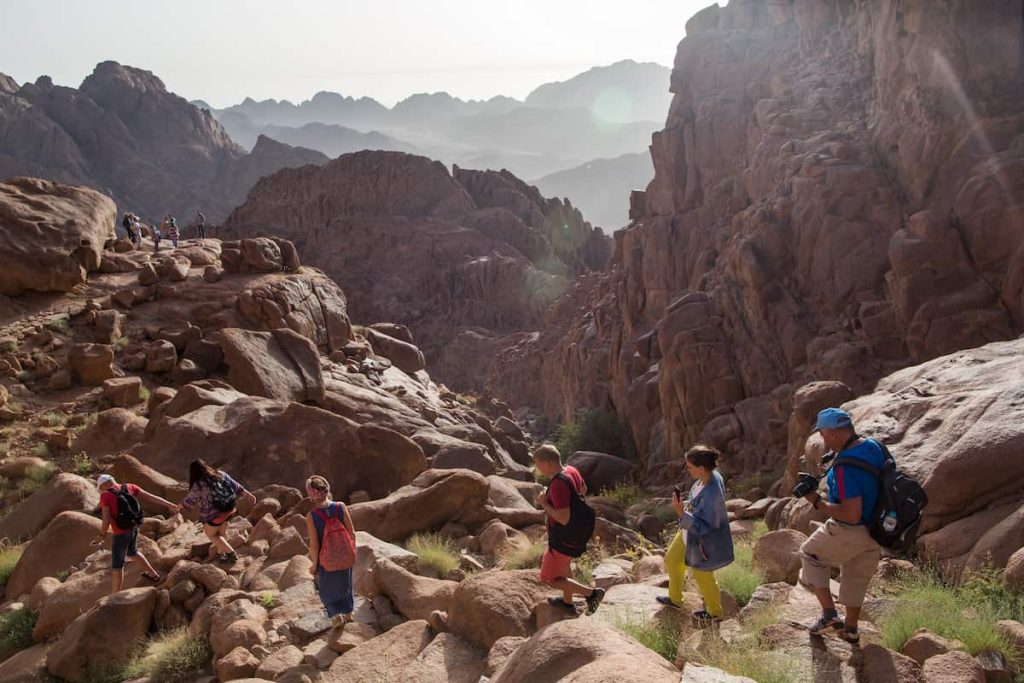
5. Travel Tips for Visiting Saint Catherine’s Monastery
One of the Holy Land’s holiest historic landmarks, St. Catherine’s Monastery is situated at the foot of Mount Sinai in Egypt. Last season, to make the most of your stay, it is ideal to go between October and April. The weather is fantastic, so you can view in comfort and on time. The monastery is generally open from 9 a.m. to 12 p.m. and is never open on Friday, Sunday, and most of the major religious holidays, so you must take your trip seriously and schedule time.
Please dress decently and very well. A man or woman should cover himself or herself; shoulders and knees should be covered. When you plan the height of Mount Sinai, ensure you wear comfortable walking shoes.
The road will completely cover you from Sharm El-Sheikh after a three-hour drive, from Dahab in two, or from Cairo to six or seven hours along the highway. It is advisable to climb with a guide as it will provide a historical base and give insight further while in bewildering treasuries: for example, the ancient library and the Burning Bush alongside.
Last but not least, water, sunscreen, and a camera ought to be picked up because taking pictures is off-limits in some areas.. Planning will make your visit all the more meaningful and unforgettable.
5. Travel Tips for Visiting Saint Catherine’s Monastery
- ★ Best Time to Visit: October to April for cooler, comfortable weather.
- ★ Opening Hours: 9:00 AM – 12:00 PM (Closed Fridays, Sundays, and major religious holidays).
- ★ Dress Code: Modest clothing — shoulders and knees covered.
- ★ Getting There: Sharm El-Sheikh (3 hrs), Dahab (2 hrs), Cairo (6–7 hrs) by road.
6. Nearby Attractions and Experiences
Saint Catherine’s Monastery, which serves as a spiritual pilgrimage site, also serves as a doorway to various other enriching experiences with an atmosphere. It welcomes guests to the nearby village of the same name in the Bedouin way with modest guesthouses. Travelers commune more with themselves and the surrounding nature on one of the beautiful and rugged mountain-trekking desert trails winding multicolored mountains and valleys, offering a distinct landscape in all of Sinai.
Local Bedouin communities offer a rich taste of traditional breads and meals for guests and enhance overall authentic Bedouin culture and life. The fruits of such long-term artisans’ creativity are highly valued as souvenirs; this includes handmade carpets, intricate jewelry, and a lot of handicraft stemming from ancient techniques.
The largest protected area in Egypt, the Saint Catherine Protectorate, has a lot to offer to nature lovers. It is endowed with rugged terrains that harbor rare flora and fauna; it offers a large range of species of endangered plants and animals. Adventurers may enjoy finding hidden valleys and rare rock formations as well as experiencing a bit of traditional oases.
Looking for a spiritual reflection or cultural immersion? This generally enriched experience is an awakening call. Let the flea market be washed with rays that pass the countryside around the monastery.
Nearby Attractions and Experiences
Discover the beauty and culture surrounding Saint Catherine
7. Conclusion: A Journey Through Faith, History, and Nature
Saint Catherine’s Monastery is more a relic of ages gone by, pillars of faith and hope residing for a millennium. It sits at the foot of Mount Sinai, where history whispers through the stone walls. More spiritual elevation permeates the crisp desert air of crisp. This is the place where the stories of prophets and pilgrims intertwine with the timeless beauties of rugged landscapes and star-studded skies.
Whether one climbs the paths to stand awe-struck by the first light cresting the summit, or murmurs some moments of silent reflection in a sanctified section of the monastery hall, one would be part of a journey deeper than time itself. That journey is meaningful and overwhelming. It is shown in the Bedouin’s warmth and generosity, which add color to adventure and culture. You will see that their culture has been based on tradition and respect held for every inch of this holy land.
It is a place where new experiences are born, leading to a kind of almighty purpose whose effect could not be wiped out by time or even forgotten or tainted by frivolousness. A memory that has fear, reverence, and longing is created in him, which he cannot quite explain to another human.
Spiritual Tours and Beach Meditations in Sinai
Embark on sacred journeys through ancient holy sites and breathtaking landscapes that inspire peace and reflection.


